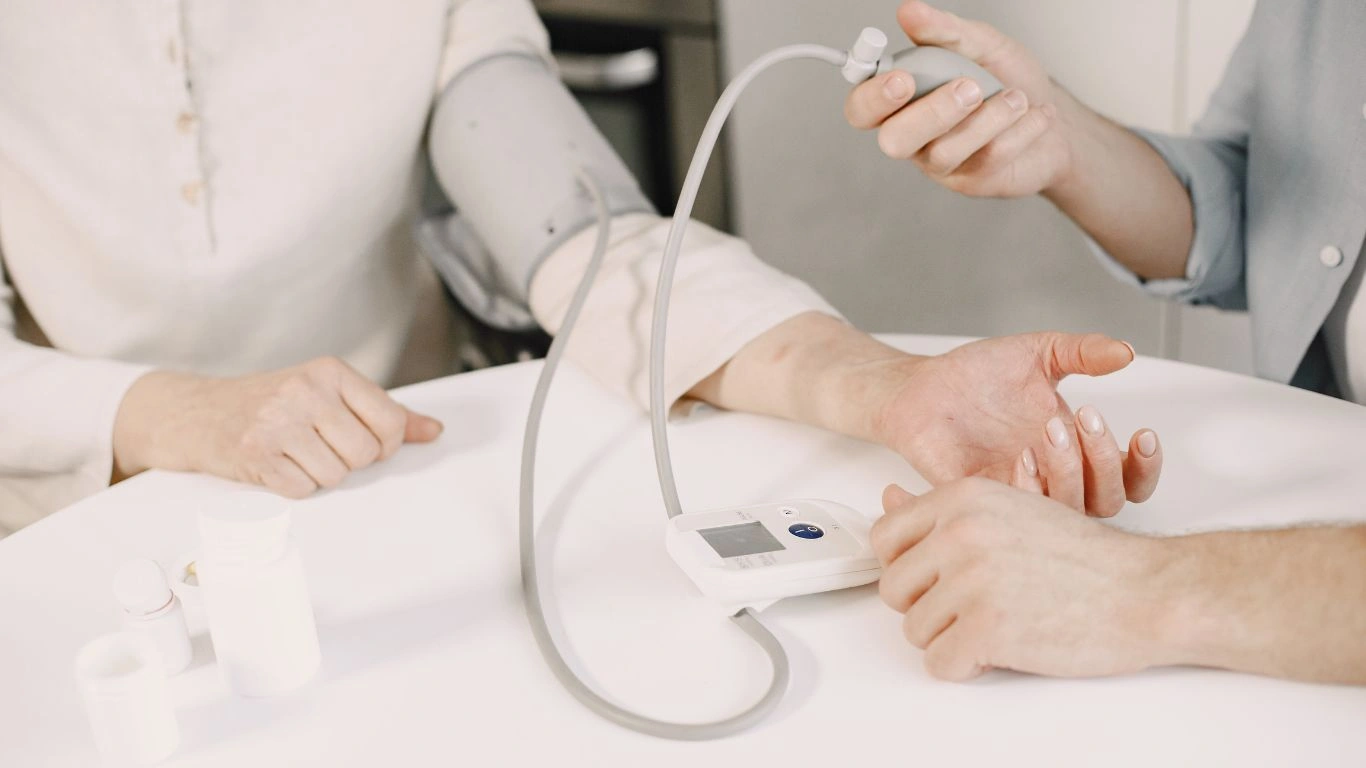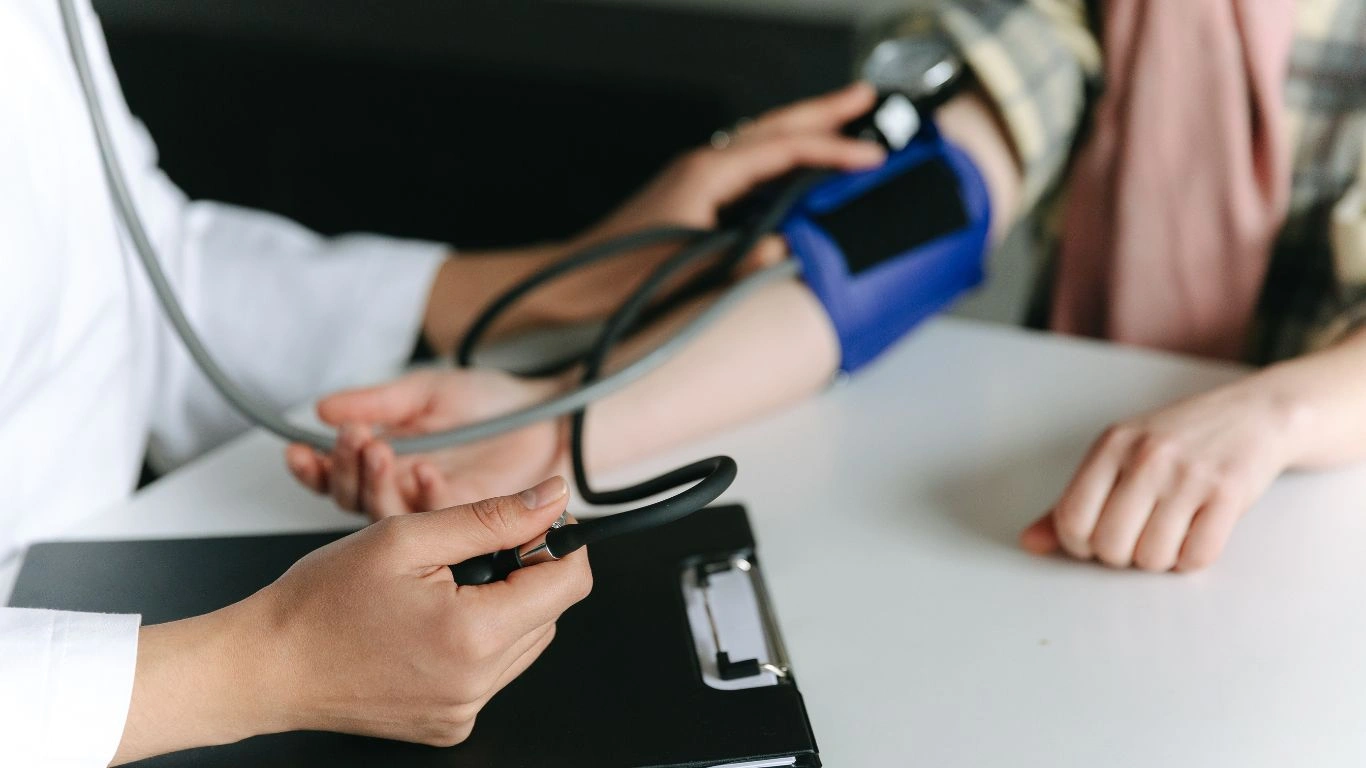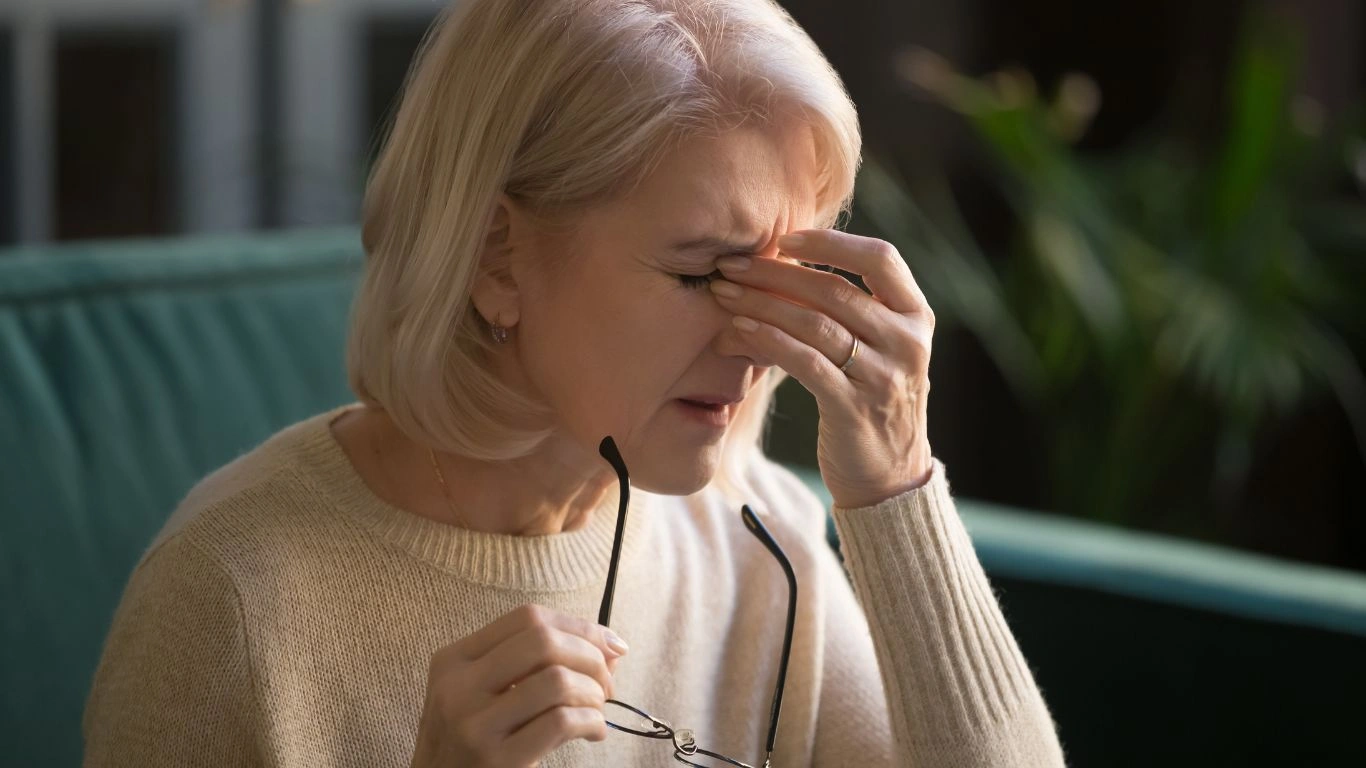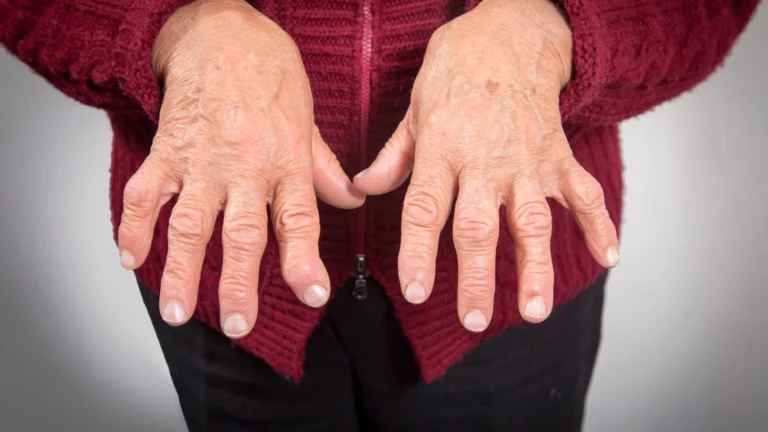How Sunlight Improves Blood Pressure Control – Your Guide to Natural Wellness
Have you ever felt like a quick stroll in the sun instantly lifts your mood? Well, sunlight doesn’t just make you feel good—it can actually help lower your blood pressure too! Let’s dive into why soaking up some rays could be your secret weapon for better heart health.
 If you’ve been looking for natural ways to keep your blood pressure in check, sunlight might not be the first thing that comes to mind. But trust me, there’s some pretty cool science behind it. From helping your body produce vital compounds to improving your overall wellness, sunlight is like nature’s own health tonic. So, let’s break it down and see how it all works.
If you’ve been looking for natural ways to keep your blood pressure in check, sunlight might not be the first thing that comes to mind. But trust me, there’s some pretty cool science behind it. From helping your body produce vital compounds to improving your overall wellness, sunlight is like nature’s own health tonic. So, let’s break it down and see how it all works.
What’s the Deal with Sunlight and Blood Pressure?
Here’s the thing: sunlight doesn’t just give you a tan. When your skin is exposed to sunlight, it triggers a whole series of reactions in your body that can benefit your blood pressure. One of the key players here is nitric oxide (NO). Sounds fancy, right? But it’s really simple.  Nitric oxide is a molecule stored in the top layers of your skin. When sunlight hits your skin, it releases nitric oxide into your bloodstream. And guess what? Nitric oxide helps relax your blood vessels, which improves blood flow and lowers blood pressure. It’s like your body’s way of saying, “Hey, take it easy!”
Nitric oxide is a molecule stored in the top layers of your skin. When sunlight hits your skin, it releases nitric oxide into your bloodstream. And guess what? Nitric oxide helps relax your blood vessels, which improves blood flow and lowers blood pressure. It’s like your body’s way of saying, “Hey, take it easy!”
Sunlight and Vitamin D: A Power Duo
You’ve probably heard that sunlight helps your body produce vitamin D. But did you know that vitamin D also plays a role in controlling blood pressure? Low levels of vitamin D have been linked to hypertension (high blood pressure).  When your skin absorbs sunlight, it kickstarts vitamin D production. This wonder vitamin helps regulate calcium levels, which are crucial for proper heart function and blood pressure control. So, getting enough sun is like hitting two birds with one stone: boosting your vitamin D and keeping your heart happy.
When your skin absorbs sunlight, it kickstarts vitamin D production. This wonder vitamin helps regulate calcium levels, which are crucial for proper heart function and blood pressure control. So, getting enough sun is like hitting two birds with one stone: boosting your vitamin D and keeping your heart happy.
Quick Tips for Healthy Sun Exposure
1. Aim for Morning or Late Afternoon Sun
The sun is less harsh during these times, so you can soak up the benefits without overexposing your skin to UV rays.
2. Protect Your Skin
A little sun is great, but don’t skip the sunscreen if you’re out for longer periods. Use at least SPF 30 to shield your skin from damage.
3. Make It a Habit
Incorporate sun exposure into your daily routine—maybe a quick morning walk or some light gardening. It doesn’t have to be complicated! 
Conclusion
So, there you have it—sunlight isn’t just about feeling good; it’s about staying healthy too. From relaxing your blood vessels to boosting your vitamin D levels, catching some rays could be a natural way to keep your blood pressure in check. Just remember to enjoy the sun responsibly, and you’ll be doing your heart (and your mood) a huge favor.
Appendices
FAQs
- How does sunlight lower blood pressure? Sunlight triggers the release of nitric oxide from your skin, which helps relax blood vessels and improve blood flow, lowering blood pressure.
- Is sunlight the only way to get vitamin D? No, you can also get vitamin D from foods like fatty fish, fortified milk, and supplements, especially if sunlight exposure is limited.
- How much sunlight do I need for better blood pressure? Around 15-30 minutes a few times a week is usually enough, but this can vary based on your skin type and location.
- Can too much sunlight be harmful? Yes, excessive sun exposure can increase the risk of skin damage and skin cancer. Always protect your skin if you’re out for long periods.
- Does sunlight affect everyone’s blood pressure equally? Factors like age, skin type, and overall health can influence how sunlight impacts your blood pressure.
References
- Opländer, C., et al. (2020). The role of nitric oxide in sunlight-induced blood pressure reduction. Journal of Cardiovascular Research, 56(2), 345-353.
- Holick, M. F. (2017). Vitamin D deficiency and its health consequences. Journal of Clinical Nutrition, 54(3), 221-229.
- National Institutes of Health (NIH). (2023). Sunlight and Vitamin D: Benefits and Risks. Read Article
Disclaimer: The information provided here is for educational purposes only and should not replace professional medical advice. Always consult your healthcare provider for personalized guidance on managing blood pressure and sun exposure.

Dr. Gwenna Aazee is a board-certified Internal Medicine Physician with a special focus on hypertension management, chronic disease prevention, and patient education. With years of experience in both clinical practice and medical writing, she’s passionate about turning evidence-based medicine into accessible, actionable advice. Through her work at Healthusias.com, Dr. Aazee empowers readers to take charge of their health with confidence and clarity. Off the clock, she enjoys deep dives into nutrition research, long walks with her rescue pup, and simplifying medical jargon one article at a time.





